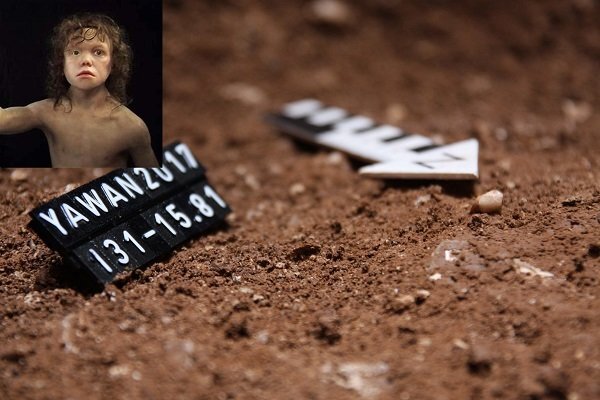Hundreds of stone tools found at Iran Neanderthal site

TEHRAN – Hundreds of stone tools have recently been discovered at a Neanderthal site in western Iran.
“Over 800 stone tools have been discovered during a [scientific] demarcation project being conducted at the Bawa Yawan shelter and its surroundings,” senior archaeologist Saman Heydari-Guran told the Tehran Times on Tuesday.
“We are currently busy counting up how many stone artifacts have been found during the recent survey; however, its number is estimated to be something between 800 to 1,000 or even more,” he explained.
Co-led by Heydari-Guran and his counterpart Ahmad Azadi, the survey also aims to demarcate [legal] boundaries of the site, which yielded an in-situ Neanderthal tooth in 2017.
“What we have done recently was not an excavation project but a demarcation,” Heydari-Guran highlighted.
According to the archaeologist, the remains of three Neanderthals have been discovered in Iran so far.
“In previous [archaeological] seasons at Bawa Yawan, in addition to the discovery of a 42,000-year-old Neanderthal tooth, archaeological layers embracing cultural data from Paleolithic, Middle Neolithic, and post-Paleolithic periods were identified.”
The tooth, which is a lower left deciduous canine belonging to a six years old child, was found at a depth of 2.5 m from the shelter surface in association with animal bones and stone tools near Kermanshah.
Stone tools discovered close to the tooth belong to the Middle Paleolithic period and a series of C14 dating suggests the Neanderthal is between 41,000-43,000 years of age which is close to the end of the Middle Paleolithic period when Neanderthal disappeared in the Zagros. Neanderthals were roaming over the Iranian Zagros Mountain sometimes between 40 to 70 thousand years ago.

Bawa Yawan yielded the second Neanderthal tooth that has been discovered in Iran. The first Neanderthal tooth was discovered in the Wezmeh cave near Kermanshah in 2001.
A previous study performed by Heydari-Guran based in the Neanderthal Museum in Mettmann, and his international fellows such as Stefano Benazzi, who is a physical anthropologist at the University of Bologna, the analysis showed the tooth has Neanderthal affinities. Conducted by a team of archaeologists and paleoanthropologists from Iran, Germany, Italy, and Britain, the results of the study appeared on the online journal PLOS ONE in August.
Until the late 20th century, Neanderthals were regarded as genetically, morphologically, and behaviorally distinct from living humans. However, more recent discoveries about this well-preserved fossil Eurasian population have revealed an overlap between living and archaic humans.
Neanderthals lived before and during the last Ice Age of the Pleistocene in some of the most unforgiving environments ever inhabited by humans. They developed a successful culture, with a complex stone tool technology, that was based on hunting, with some scavenging and local plant collection. Their survival during tens of thousands of years of the last glaciation is a remarkable testament to human adaptation.
AFM
